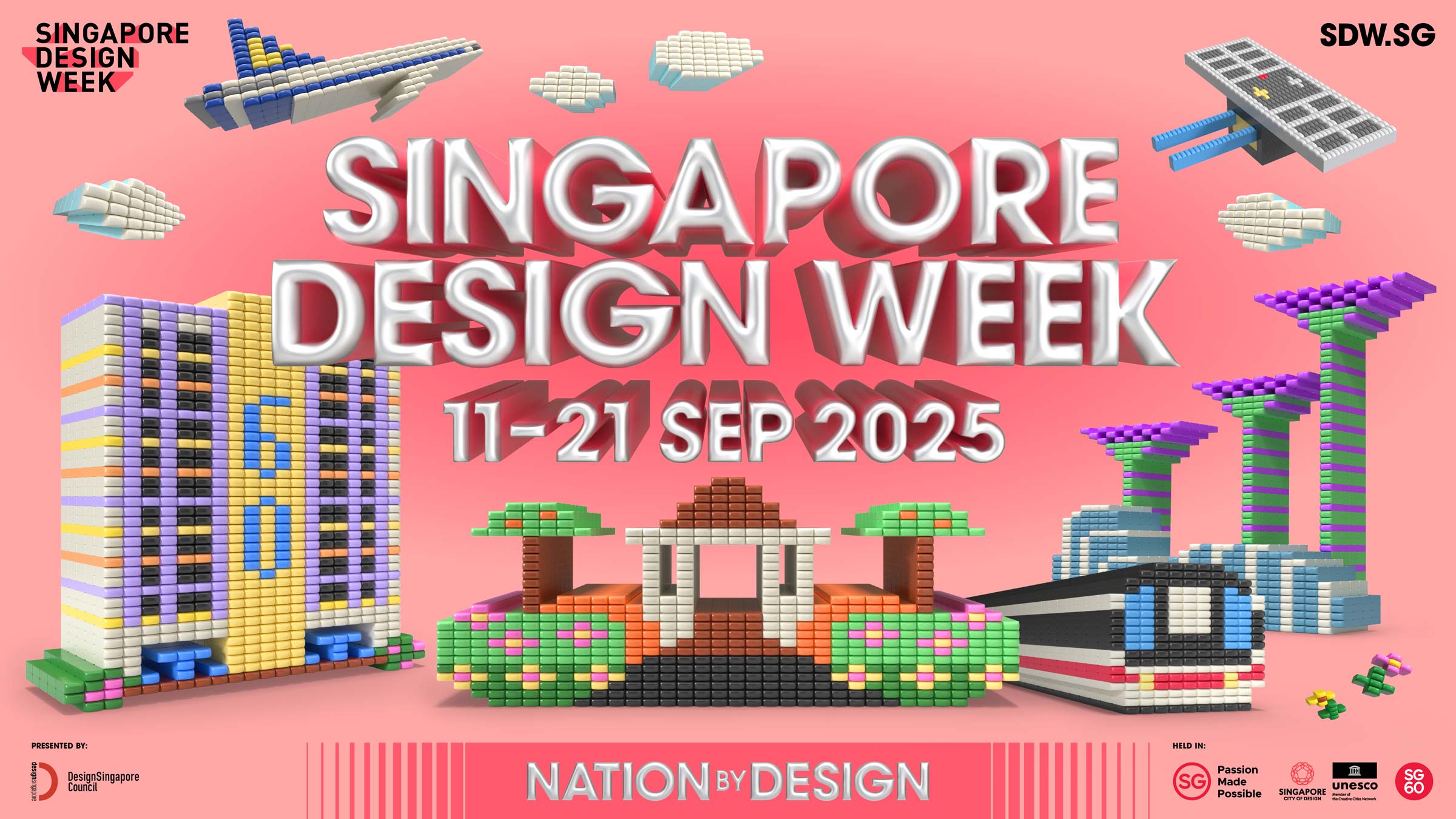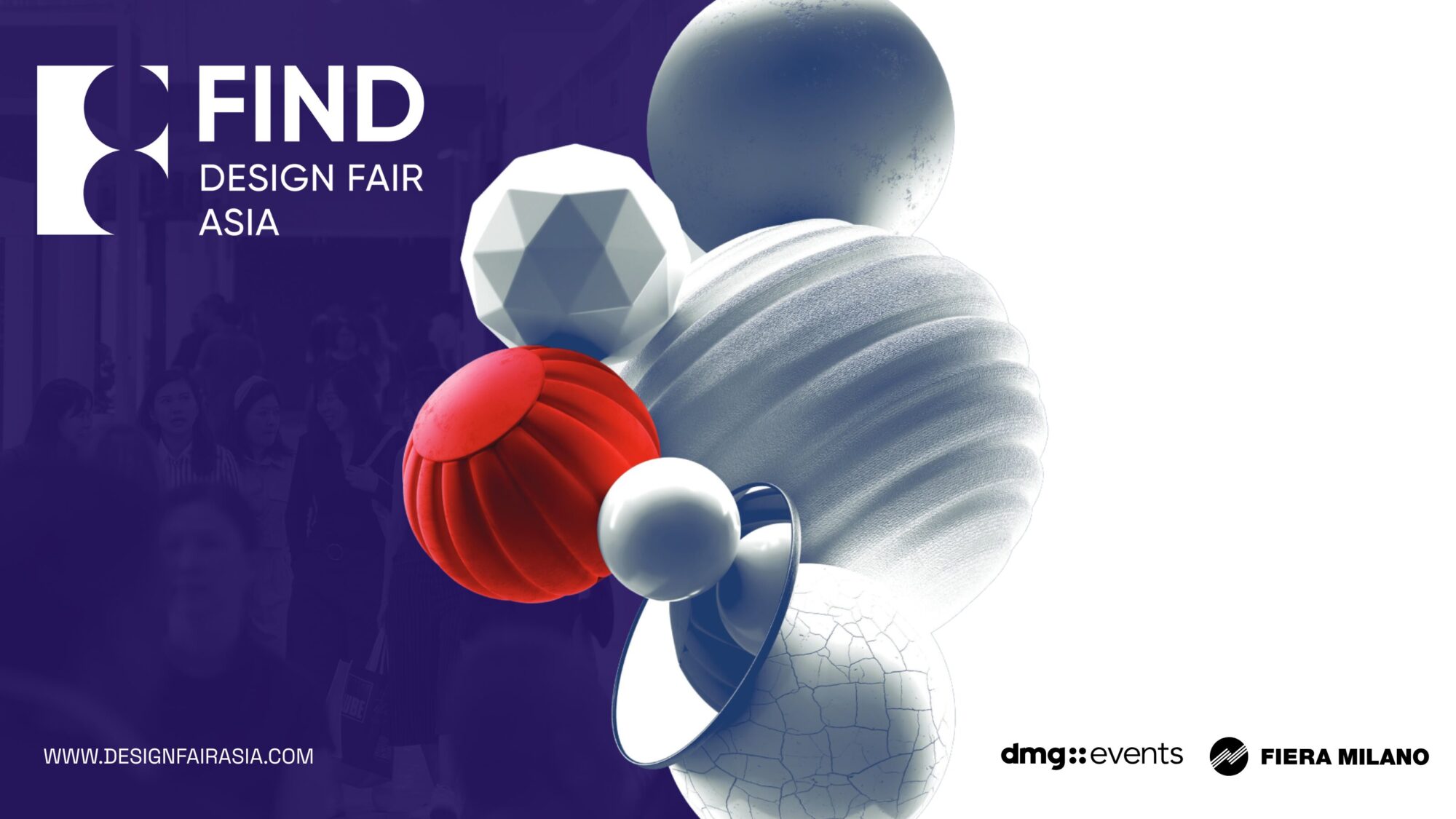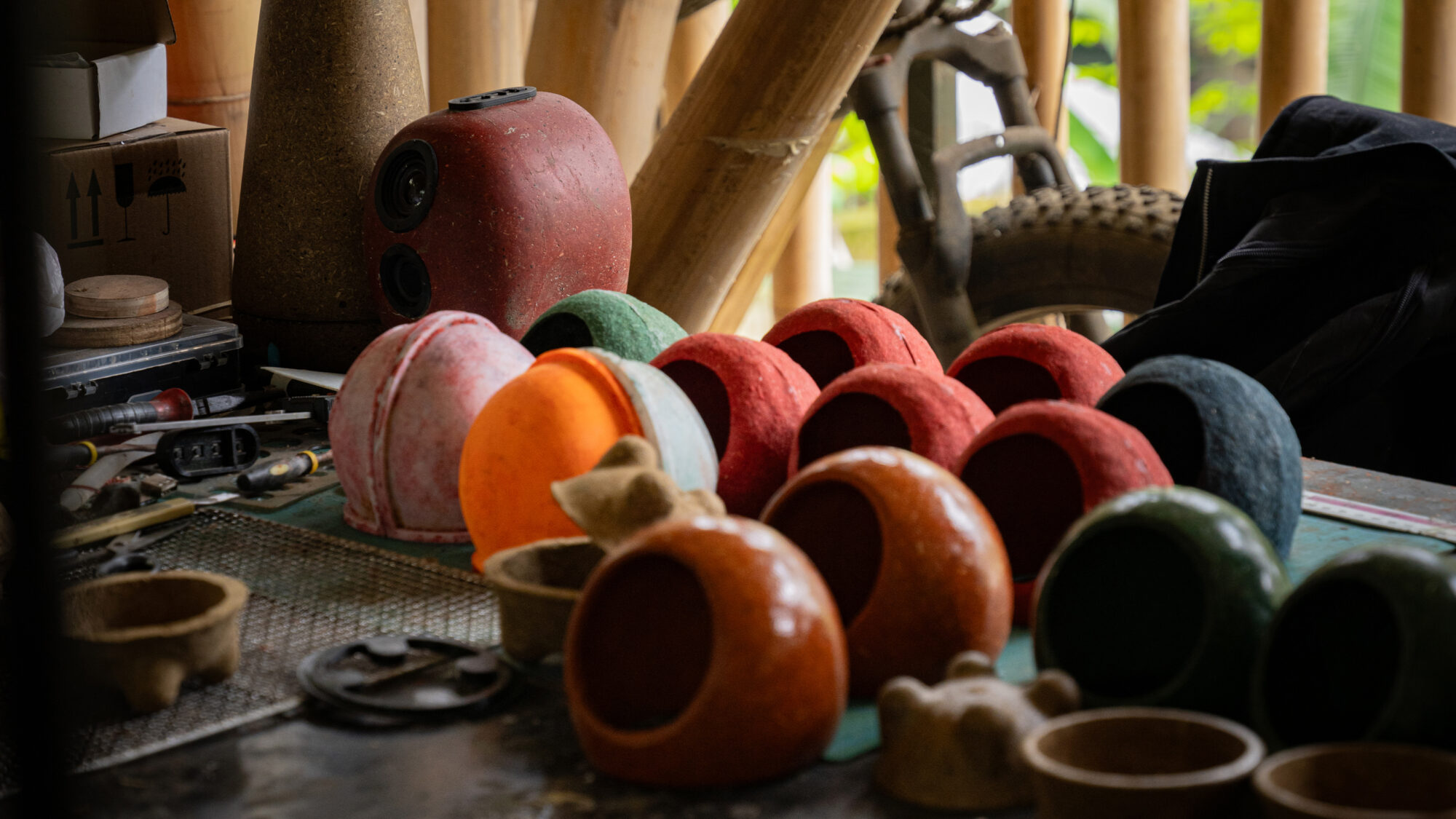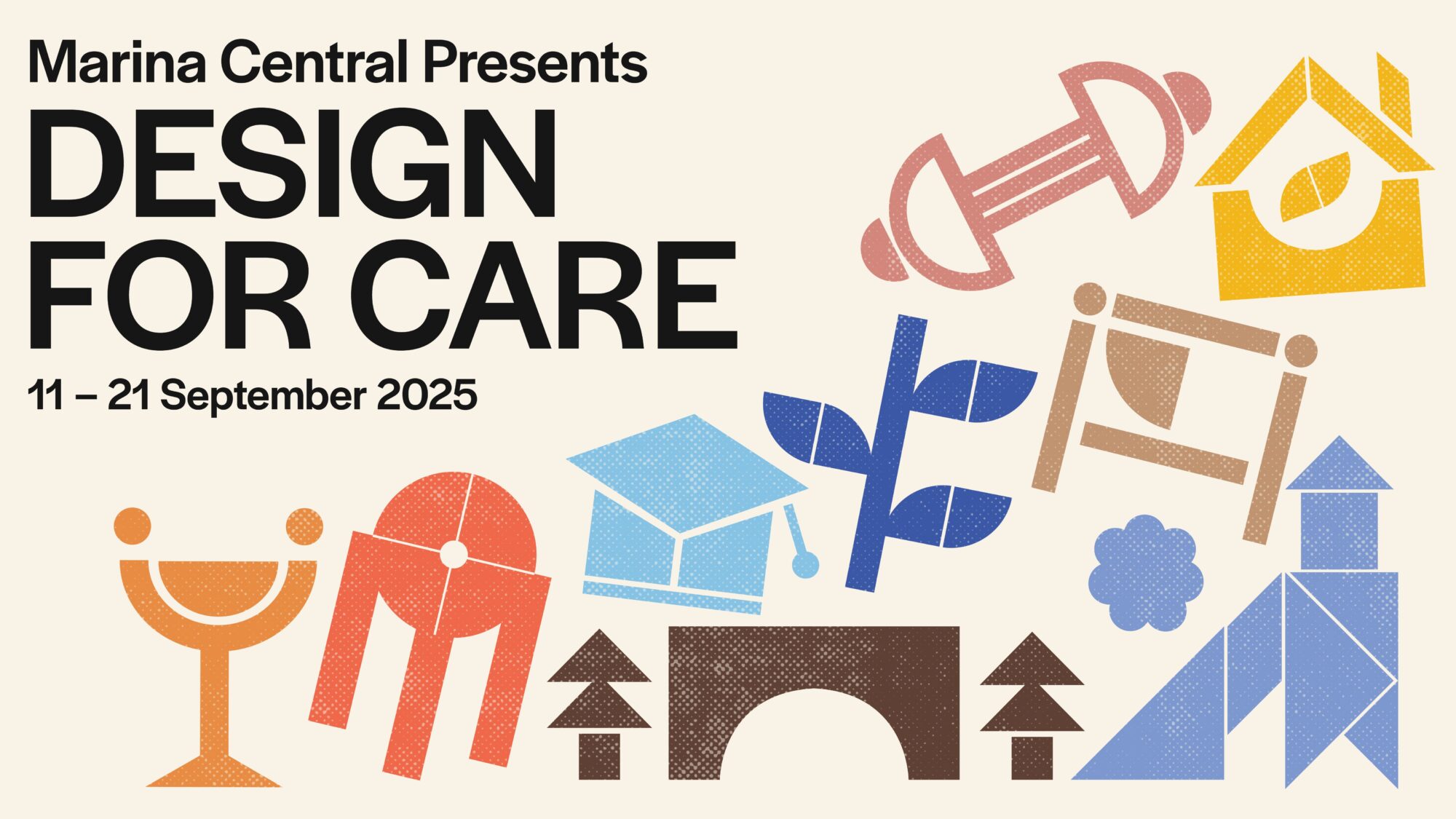Design Thinking lifts Meyer to a service-driven brand
Meyer has evolved from being a lift sub-contractor for public flats to being a service-driven brand specialising in customised and high-end elevator systems. Working with design consultancy firm Ideactio in 2016, Meyer adopted a customer-centred design approach to better serve its customers, resulting in a 50 percent lift in revenue within six months.
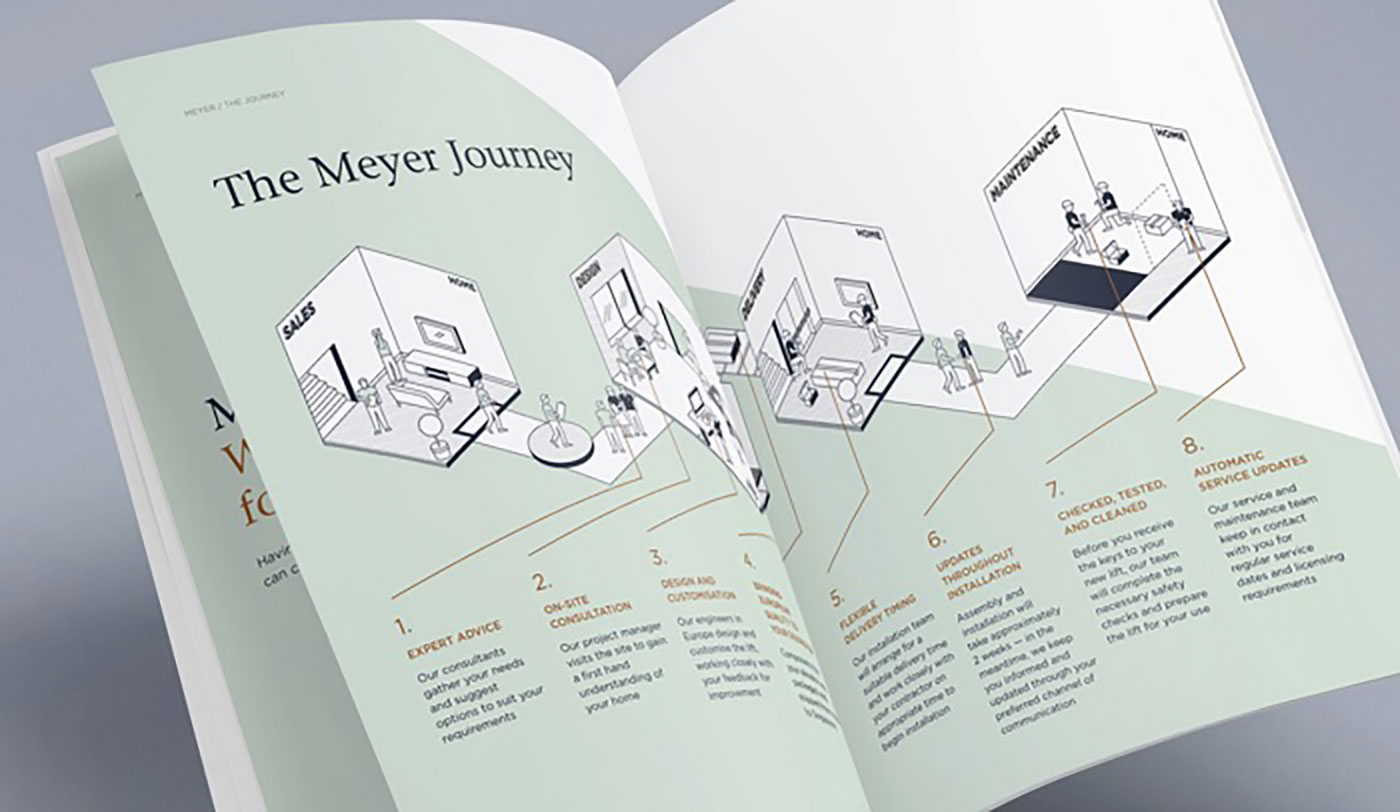
Challenge
Established in 2008, Meyer started as a sub-contractor for a lift company working for HDB, carrying out installations, repair work and testing for close to 100 lifts in the span of two years. The turning point came in 2010, when new government regulations on plot-ratio allowed homeowners of landed properties to build higher, thus sparking a demand for residential lifts.
Meyer was quick to ride the wave, but “it was very difficult to convince clients to choose us over brands like Schindler, Otis or Kone,” recounts Varun Aswani, Meyer’s Founder and Managing Director. “Schindler, for example, has been around for more than 100 years! But people wonder, will Meyer still be around in five years to service my lift?”
Another challenge was that Meyer’s staff of largely blue-collar workers were hardly service-oriented. “We were moving from an industrial setting into the residential sector, so the way we approached clients had to be different. Lifts were successfully delivered and installed, but our clients weren’t enjoying the journey; their smiles were missing.”

I would tie all these back to Design Thinking, because this whole transformation began with considering the customer first. It’s no longer about us making products and having people buy them.
In 2016, Meyer started working with Ideactio, a homegrown design consultancy firm, to explore how they could better connect with and serve their customers.
Solution
Using Design Thinking, Ideactio and Meyer embarked on a co-creation process to design and implement solutions over a six-month period. They met almost every week, at every stage, in a succession of quick feedback loops, ideating and prototyping as they went along. The initial focus was on how to move from a manufacturing-driven company with a contractor mindset to a service- driven brand.
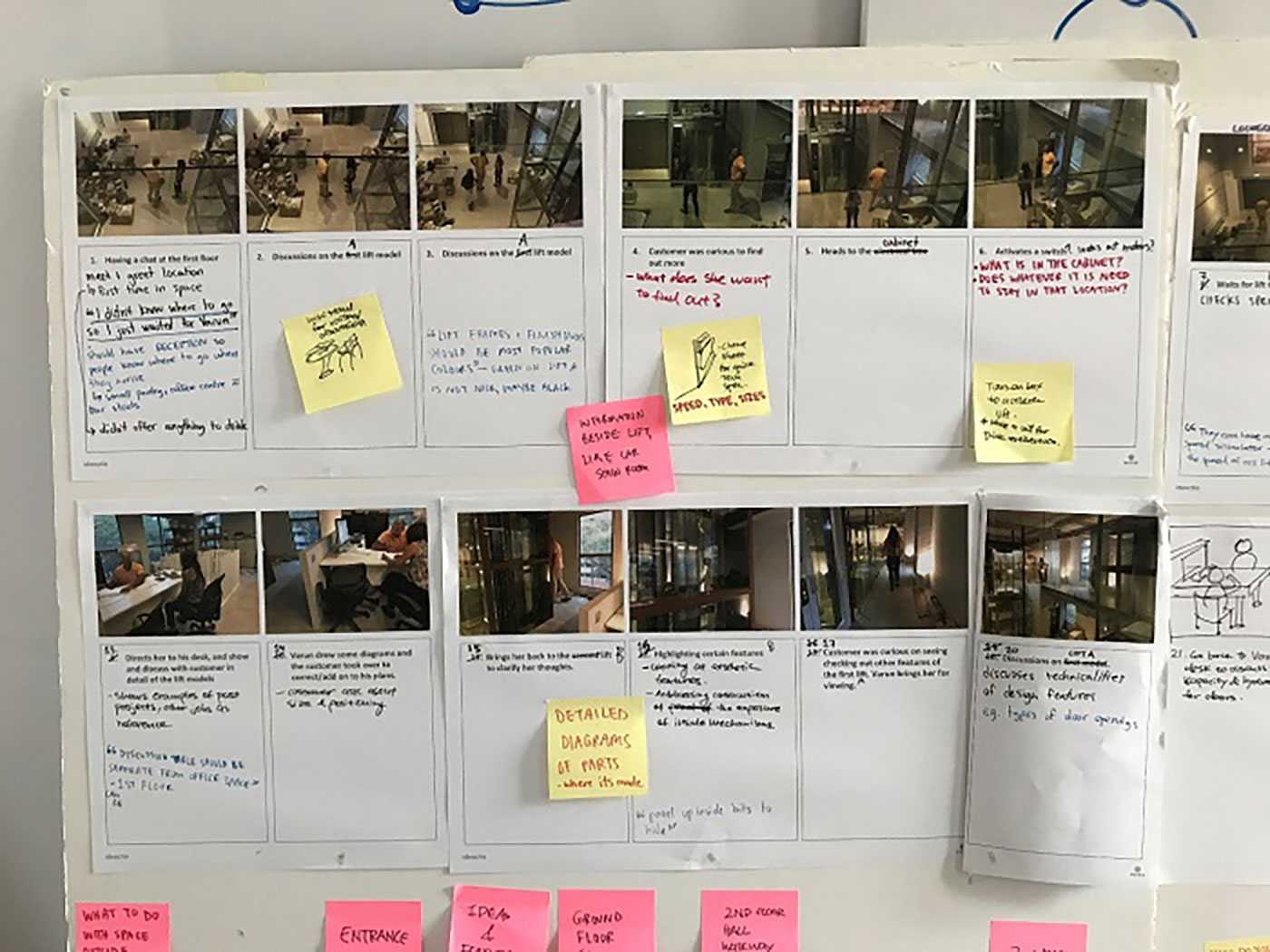
Customer centricity. The starting point was the customer. To immerse themselves in the customer experience, Ideactio conducted in-depth interviews and site observations with customers (past and present), as well as architects, contractors and interior designers whom Meyer sold lifts through. From this exercise, they gleaned two major insights: Firstly, customers were sceptical about the brand. Secondly, they found the product and process very complex. These findings sharpened the focus to ‘how do we convert scepticism to trust?’ and ‘how do we convert complexity to ease?’
Customer archetypes. Ideactio then created four archetypes that represented categories of Meyer’s customers. This helped the team identify specific strategies to convert them into trusting clients.
Service blueprint. Through research, discussions with staff and observation of processes, Ideactio mapped out how service was delivered in Meyer – identifying four stages: sale, design, delivery and maintenance – then overlaid the customer’s journey to create a total service blueprint. Says Nav Qirti, Founder and Principal at Ideactio, “Business is muddled in processes, but when we map out the business, there is clarity and we’re able to spot where the opportunities are to improve things.”
Building trust. Customers doubted Meyer because they lacked information. To fix this, Meyer’s story was shared upfront in its redesigned catalogues and website before any products were mentioned. Another contributing area was the jittery wait between making upfront payment for the lift and delivery. To assuage their uncertainty, Meyer started identifying what clients need to be aware of, what were the touchpoints with them, and then updating them periodically on progress.
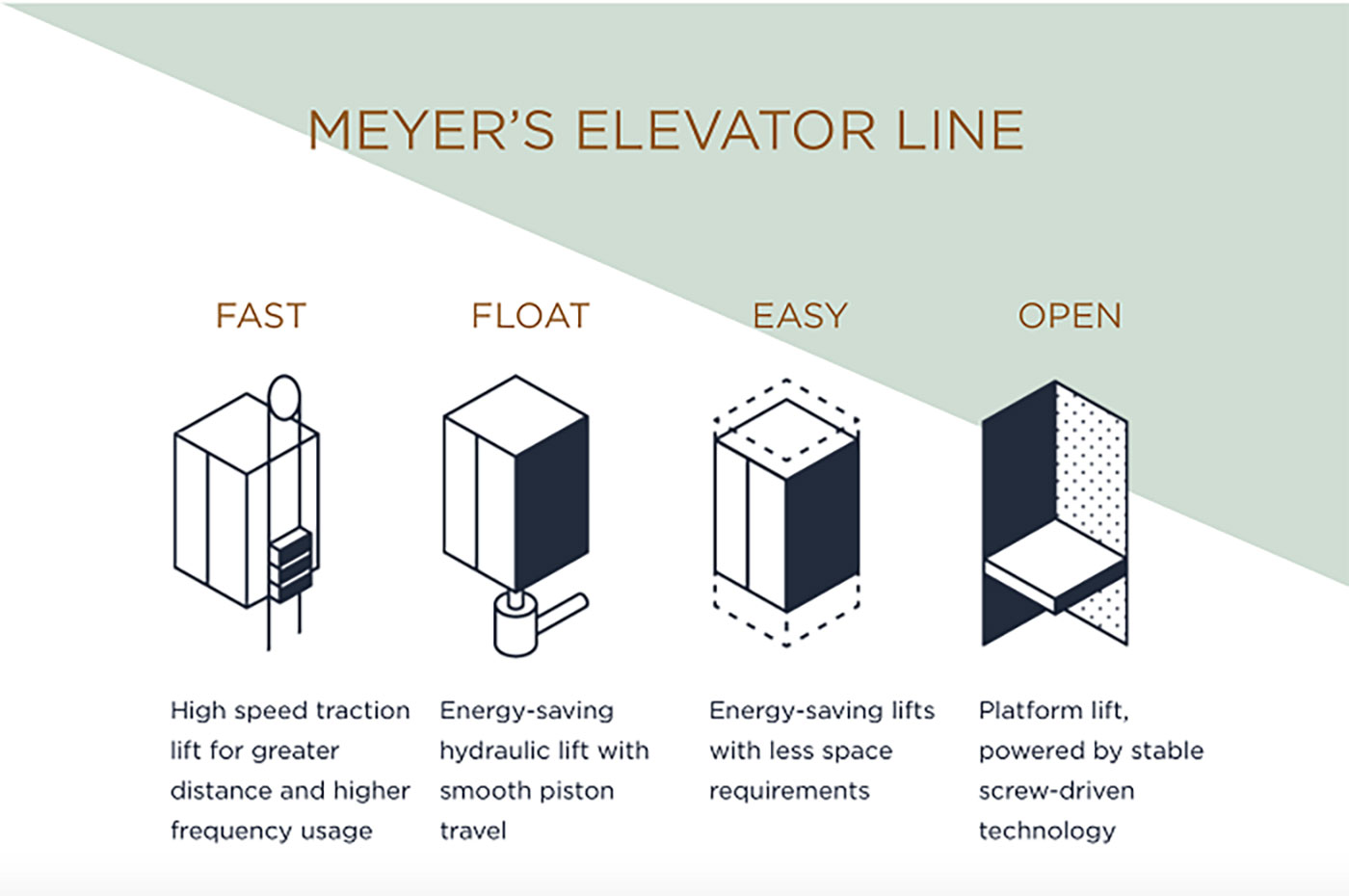
Reducing complexity. Previously, customers were bombarded with a barrage of options for each lift component and that intimidated them. This process was simplified: The main elements were first identified, then options were presented step-by-step and visually, so that any lay person could make decisions. Communicating the options also took on a customer-centric slant, with non-technical language used to help customers better understand.
Training staff. Service guidelines were developed for staff and training was carried for all sales, delivery and maintenance teams. “It’s a complete mindset shift; even technicians are not spared because they are client-facing,” says Aswani, who prefers the same technician to visit the same home for quarterly maintenance. “Being service-oriented includes how you greet clients, making sure you take off your shoes, wash your hands, and not make marks on the wall – the little things.”
Launching Italy studio. To up the ante on lift design, engineering and parts assembly, Meyer set up a lift design studio in Italy in 2016. With a European presence, it is closer to the source of materials and can better ensure its quality as well as manufacturing process. This adds to customer assurance.
Creating a showroom. In 2017, Meyer set up Singapore’s first elevator showroom with the view of creating an experience for customers. “People can try different elevator systems, touch and feel different finishes, and get a better idea of what they’re in for,” says Aswani. “Although I like to personally explain things to people, I won’t always be around; and we have sales staff. So the idea is that eventually, customers can go on this journey themselves. But it’s still a work in progress.”
Impact analysis
Within the first six months of implementation, Meyer saw a 50 percent increase in revenue. Since then, revenue has been growing steadily at about 20 percent every year.
Also significant is Meyer’s transformation from a contractor image to its positioning as a service-driven elevators brand. An indirect result of this is high staff morale and retention. Today, three years on, the style of how Meyer works is very much driven by what the client requires.
Its portfolio has since expanded beyond residential landed properties in choice locations to commercial spaces like Seletar Airport’s VIP Terminal and the Cartier store at ION Orchard.
“I would tie all these back to Design Thinking, because this whole transformation began with considering the customer first. It’s no longer about us making products and having people buy them. Our company slogan has also evolved to reflect this better: It used to be ‘Helping People Get High’,” Aswani lets on with a bemused chuckle. “Today, it’s ‘Built Around Your Needs’.”





